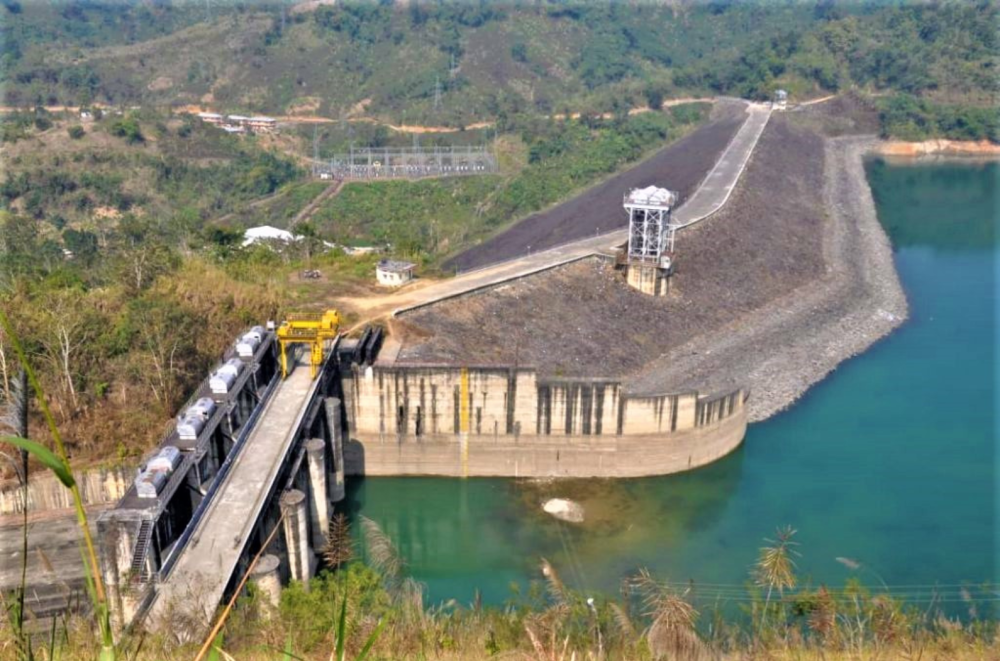

The Doyang Hydro Project is located in the Wokha district of the scenic state of Nagaland, India. This hydroelectric project was constructed on the Doyang River, a tributary of the Brahmaputra River, and is renowned for its engineering significance and natural beauty that surrounds the reservoir and the dam.
Tourism in the area of the Doyang Hydro Project has not always been prevalent. The history of this site as a tourist destination can be traced back to its construction phase, when it piqued the interest of both engineering enthusiasts and travelers looking for unexplored destinations. Post-completion in the late 1990s, the Doyang Dam has gradually become a point of interest for visitors, especially those who appreciate offbeat travel and nature.
The tourism industry in the region received a further push with the increase in eco-tourism and the recognition of Nagaland's unique cultural and natural heritage. The Doyang reservoir, also known as Doyang Lake, has been instrumental in attracting bird watchers, particularly after it became a stopover for migratory birds such as the Amur Falcons, which has merited international attention.
In recent years, the Doyang Hydro Project area has seen a shift in tourism trends with a stronger emphasis on eco-tourism and sustainable travel. Visitors are now more interested in experiencing the local culture, traditions, and the pristine environment. Activities like bird watching, angling, and boating have emerged as popular among tourists.
Moreover, the Nagaland government, along with various non-governmental organizations, has been actively promoting the conservation efforts of the Amur Falcons, turning Doyang into an important destination for wildlife enthusiasts and researchers.
The attraction has also gained popularity due to the vibrant Hornbill Festival that showcases the rich cultural tapestry of Nagaland. While not in the immediate vicinity of the Doyang Hydro Project, this festival has indirectly increased tourism activities in the region, as visitors often extend their journey to explore nearby attractions such as the dam and the scenic landscapes around it.
The emergence of homestays and community-run tourism initiatives in the Wokha district have also contributed to the latest tourism trend, focusing on immersive travel experiences through local interactions and hospitality.
Despite its growing popularity, the Doyang Hydro Project area remains a serene and less crowded destination, offering a unique travel experience that deeply resonates with nature lovers and those seeking solace away from bustling city life.
Tourism around the Doyang Hydro Project continues to evolve, with an ever-growing appreciation for Nagaland's stunning landscapes, biodiversity, and the rich cultural ethos of the local tribes. The attention towards sustainable tourism practices is set to ensure that the area's natural and cultural integrity is maintained for generations to come.